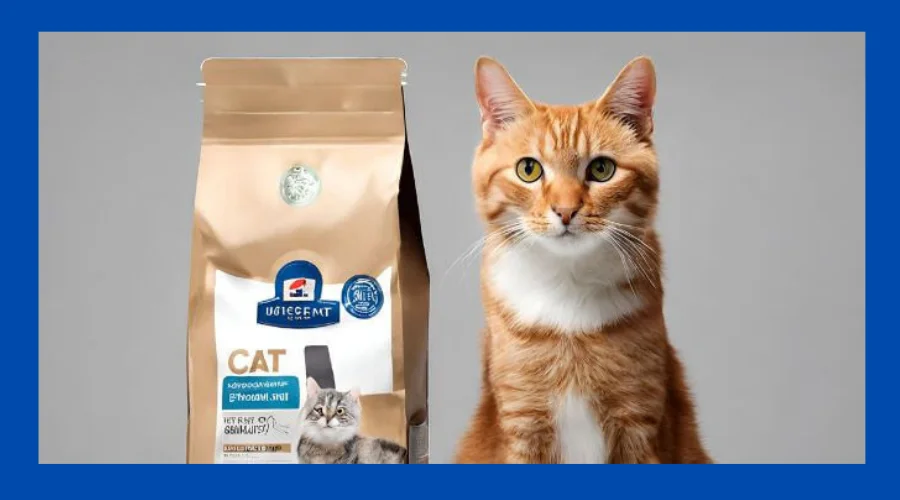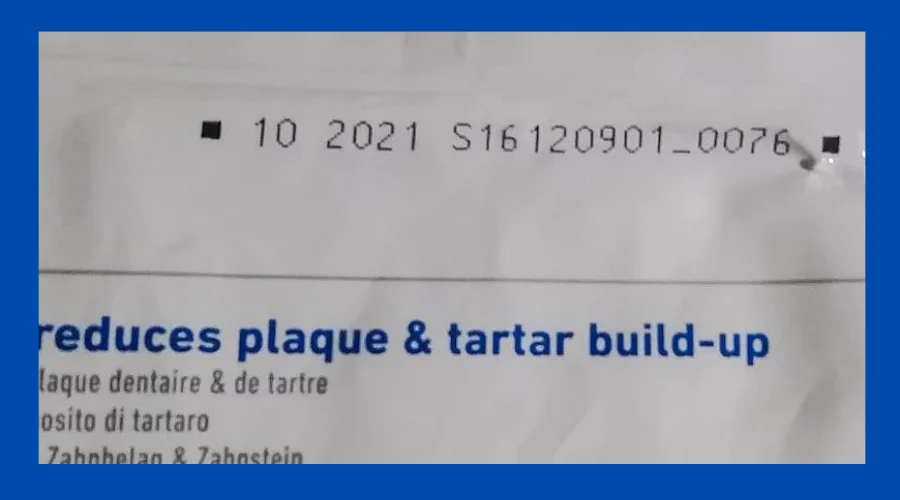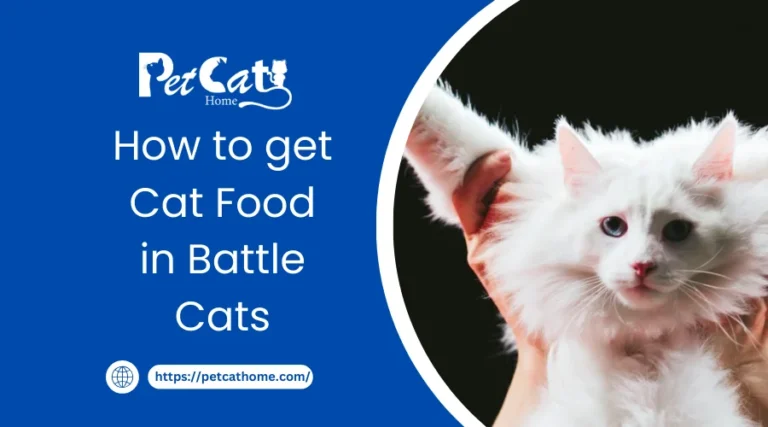How Long Does Dry Cat Food Last

It is critical to comprehend the dry cat food’s shelf life when it comes to pet maintenance. After all, feeding our feline friends fresh, wholesome food is crucial to their overall health and wellbeing. However, how long do you think that kibble bag will last? Let’s explore the nuances of dry cat food shelf life to be sure your pet is getting the best nourishment possible.
Factors Influencing Dry Cat Food Shelf Life
The shelf life of dry cat food is dependent on a number of factors. Every element, from the components themselves to the storage conditions, affects how fresh and high-quality the finished product is.
Storage Conditions
It is essential to store dry cat food properly to maintain its nutritional value. A shortened shelf life can result from exposure to heat, light, air, and moisture, which can hasten the disintegration process. Store the food in a cool, dry location away from humidity and direct sunlight to preserve freshness.
Packaging
The shelf life of dry cat food is also significantly increased by the calibre of the packing. To help stop moisture and air from leaking in, look for bags that are resealable and airtight. To further safeguard the food from environmental elements, think about putting it in airtight containers.
Ingredients
The shelf life of dry cat food is also influenced by its content. Premium components can help extend freshness, such as antioxidants and natural preservatives. On the other hand, items with artificial additives and fillers can not last as long and could be harmful to your pet’s health.
Understanding Expiration Dates
The majority of dry cat food bags have a “best by” or expiration date stamped on them. Although these dates offer a broad indication of freshness, they are not absolute. It’s crucial to exercise caution and evaluate the food’s state before to giving it to your cat.
Expiration Date vs. Best By Date
Understanding the difference between a best by and an expiration date is essential. A best by date indicates when the product will be at its best in terms of freshness and quality, whereas an expiry date denotes the last day the food is thought to be safe to eat. If dry cat food is stored properly and doesn’t exhibit any indications of spoiling, it can often be consumed much past its best-before date.
Signs of Spoilage
Always check the dry food for symptoms of rotting before serving it to your cat to safeguard their safety. Keep an eye out for any odd smells, the formation of mould, or any texture or colour changes. It’s preferable to throw away any food that seems strange and start over with fresh ingredients.

Extending Shelf Life
Although the shelf life of dry cat food is usually rather long, there are ways to prolong its shelf life and keep your pet’s food at its best.
Proper Sealing
To keep moisture and air out, make sure you carefully reseal the bag after each usage. Purchasing airtight containers is something you should think about doing for long-term storage, particularly if you buy a lot of cat food at once.
Rotation
Use older bags of dry cat food before opening fresh ones to practise rotation and keep food from sitting too long and perhaps going bad. This reduces waste and guarantees that your pet eats the freshest food possible.
Temperature Control
To avoid temperature swings that can affect the food’s quality, keep the storage room at a constant temperature. Dry cat food should not be kept in extremely hot or cold locations, such as unheated garages or areas close to heaters.
Purchase in Moderation
Although purchasing in bulk could appear more economical, it’s important to take your pet’s consumption pattern and storage capacity into account. Buying dry cat food in smaller quantities more often will help guarantee freshness and save wastage.
Ensuring Your Cat’s Well-Being
The health of your cat is very important, and a healthy diet is essential to their general wellbeing. By keeping an eye on the dry cat food’s shelf life and following recommended storage and usage procedures, you can protect your pet from any health hazards and make sure they get the nutrition they require to thrive.
Consulting with Your Veterinarian
It’s important to know how long dry cat food lasts, but it’s also important to talk to your veterinarian about what your cat should eat. Regarding the kind of food, serving sizes, and feeding frequency, your veterinarian can offer insightful advice unique to your pet’s health needs.
Transitioning to New Food
To avoid causing stomach distress, you must gradually change your cat’s diet or introduce a new type of dry cat food. Over the course of several days, progressively raise the proportion by starting with tiny portions of the new food mixed with their regular meal. Keep a watchful eye on your cat’s reaction and contact your veterinarian if you have any concerns.
Regular Monitoring
Not only should you keep an eye on the dry cat food’s shelf life, but you should also frequently check on your cat’s feeding patterns and general health. Watch for any changes in weight, appetite, or behaviour as these may point to underlying health problems that need to be addressed. Quick veterinarian attention can help with any issues and guarantee that your cat stays in good health.
How long does dry cat food last once opened?
When purchasing dry cat food, how many of us actually look at the bag’s use-by date? Most of us, I’m pretty sure, don’t. Without a doubt, I didn’t until I started writing this piece. My cat enjoys eating from a 7 kg bag of Hills Oral Care dry cat food, which he grazes on at night. I have verified the expiration date and the picture below shows that it is November 2021.

This indicates that I am well past the expiration date, and because this bag is so big, I require an extended shelf life. The dry cat food has a shelf life of approximately eighteen months once it is opened, based on the four months I have owned it. Despite this, the zip at the top keeps it fresher longer.
That eighteen-month shelf life is not the same as what Dr. Bruce Fogle tells me in one of his wonderful publications. According to him, we ought to make an effort to use dry food items within six months of the date of manufacture. Put differently, he’s stating that once opened, dry cat food should be consumed within six months.
Additionally, he counsels
that the dry food for your cat should be stored in a cold, dry place, locked in a container. In this case, the Internet isn’t very helpful because, when I Google the query in the headline, I get results regarding the shelf life of open cans of wet cat food, which is obviously not what I’m looking for! According to a different website, once opened, it will last for six weeks. I think these are all incorrect.
It’s probably safe to suggest that checking the bag’s use-by date is the wisest course of action. But, I believe we can be rather liberal with the date, as long as we make sure the food is well stored and zipped up, just like my bag is.

While I’m sure many manufacturers list varied expiration dates and suggested storage durations for their dry goods, I was taken aback to see that Hills Oral Care had an eighteen-month shelf life after opening. until be honest, from the day I bought it and opened it for the first time until the last time I gave it to my cat, the dry cat food has always looked and smelled exactly the same, therefore I have never checked the use-by date. Given that Dr. Fogle suggests giving it to my cat after six months, it appears to be quite inactive and most definitely not rotten.
It must follow that dry cat food ought to last agood six months after opening; you can even extend that period by a few months if the packaging’s expiration date is quite long. Since my personal opinions on this may not align with others’, I would be open to hearing what visitors have to say in order to expand the conversation. It is largely the reason for the product’s success—unfortunately, despite being incredibly convenient, it is unnatural.
An Overview of Cat Food and Shelf Life
Let’s first define “shelf life” before delving into the technicalities of how long dry cat food remains fresh after being opened. Simply said, shelf life is the amount of time that a product can be stored without becoming unsafe to eat. This covers elements including the product’s nutritional value, safety, and quality.
This refers to the amount of time that dry cat food can be stored before becoming bad or becoming dangerous for your pet to ingest.
Any food’s shelf life is influenced by a few essential elements, including ingredients, temperature, and storage technique. The same applies to dry cat food. The primary difference between wet and dry cat food is the amount ofmoisture percentage. Due to its much reduced moisture content, dry food is less likely to develop bacteria and deteriorate.
How Long Does Dry Cat Food Last
FAQs
When opened, how long does dry cat food last?
A number of variables, including storage conditions and package quality, can affect how long dry cat food lasts after opening. It is generally advised to consume the food within six to eight weeks of opening in order to maintain maximum freshness and nutritional value.
When opened, how long does dry cat food last?
A number of variables, including storage conditions and package quality, can affect how long dry cat food lasts after opening. It is generally advised to consume the food within six to eight weeks of opening in order to maintain maximum freshness and nutritional value.
When does dry cat food expire? Can I still use it?
Although the expiration date serves as a guide for freshness and safety, dry cat food is frequently okay to eat after this point as long as it is stored correctly and doesn’t exhibit any signs of spoiling. Before giving your cat food, you should, nevertheless, exercise caution and check it for any odd smells, mould growth, or texture changes.
To extend the shelf life of dry cat food, how should I store it?
Store dry cat food away from direct sunlight and moisture in a cool, dry spot to preserve its freshness and quality. Utilise resealable bags or airtight containers to keep food away from air and moisture, which can hasten deterioration and spoiling.
Is it possible to combine dry cat food from new and old batches?
As long as both batches of dry cat food are within their respective expiration dates and exhibit no indications of spoiling, mixing old and fresh batches is generally fine. But it’s important to keep an eye on your cat’s reaction and make sure they adjust to the change effectively, particularly if there are any flavour or texture changes.
Conclusion
A few variables that affect the shelf life of dry cat food are ingredient quality, packaging, and storage conditions. You may increase your cat’s food’s freshness and overall health by being aware of these elements and using appropriate storage techniques. Don’t forget to seek individual advice from your veterinarian regarding the dietary and nutritional requirements for your cat.



